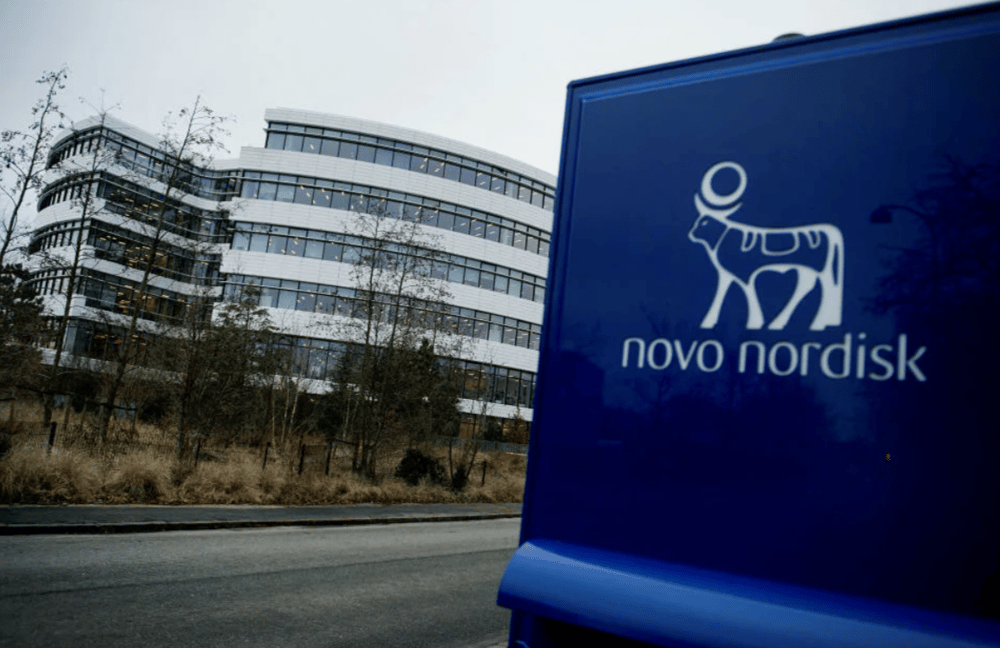Marks & Spencer Hit by Cyberattack, Disrupts Online Operations and Shakes Investor Confidence
Marks & Spencer $MKS.L, one of the United Kingdom’s most iconic retail brands, faced significant operational disruption this week following a cyberattack that forced the retailer to suspend its online order processing. The incident highlights the growing vulnerability of major companies to digital threats and has already impacted M&S’s market performance.
The cyberattack’s fallout prompted Marks & Spencer to temporarily shut down its central distribution hub, creating broader concerns about potential long-term effects on its logistics and brand reputation.
Cyberattack Fallout: Immediate Repercussions
The retailer’s Castle Donington distribution center in central England was at the heart of the disruption. Normally operating at full capacity with agency staff support, the site was rendered inactive, leaving approximately 200 agency workers instructed to stay home. The operational paralysis underscores the scale of the cyberattack’s impact on M&S’s logistics chain.
The shutdown’s direct consequences include:
Suspension of Online Orders: Digital retail services were halted, affecting customer access and sales revenue.
Workforce Standstill: Hundreds of distribution center workers were temporarily sidelined.
Negative Market Reaction: Shares of Marks & Spencer fell by 2% on Monday, contributing to an 8% decline since the cyberattack was first disclosed on April 22.
Brand Vulnerability Exposure: The retailer’s digital defenses are now under scrutiny amid growing cybersecurity risks across the retail sector.
Operational Delays: Recovery timelines remain uncertain, adding pressure to M&S’s broader supply chain resilience.

Underlying Risks and Longer-Term Implications
The incident brings into sharp focus the growing intersection between cybersecurity and operational continuity for legacy retailers undergoing digital transformation. Some critical areas of concern now facing M&S include:
Increased Regulatory Scrutiny: Potential investigations could result in fines or mandates for enhanced cybersecurity protocols.
Customer Trust Issues: Any data breaches associated with the incident could damage brand loyalty.
Operational Recovery Costs: Significant resources may be needed to restore full functionality and security.
Insurance and Liability Factors: Cyber insurance claims and future premium hikes could strain financials.
Competitive Disadvantages: Prolonged disruption could allow rivals to gain market share.
A Snapshot of M&S's Market Performance Post-Attack
Marks & Spencer’s share price trajectory since the cyberattack announcement reflects the financial market’s sensitivity to operational risks, especially in an increasingly digital retail environment. Investors have reacted cautiously amid the uncertainty, with many reassessing risk profiles for consumer-facing companies reliant on complex logistics and IT systems.















Comments